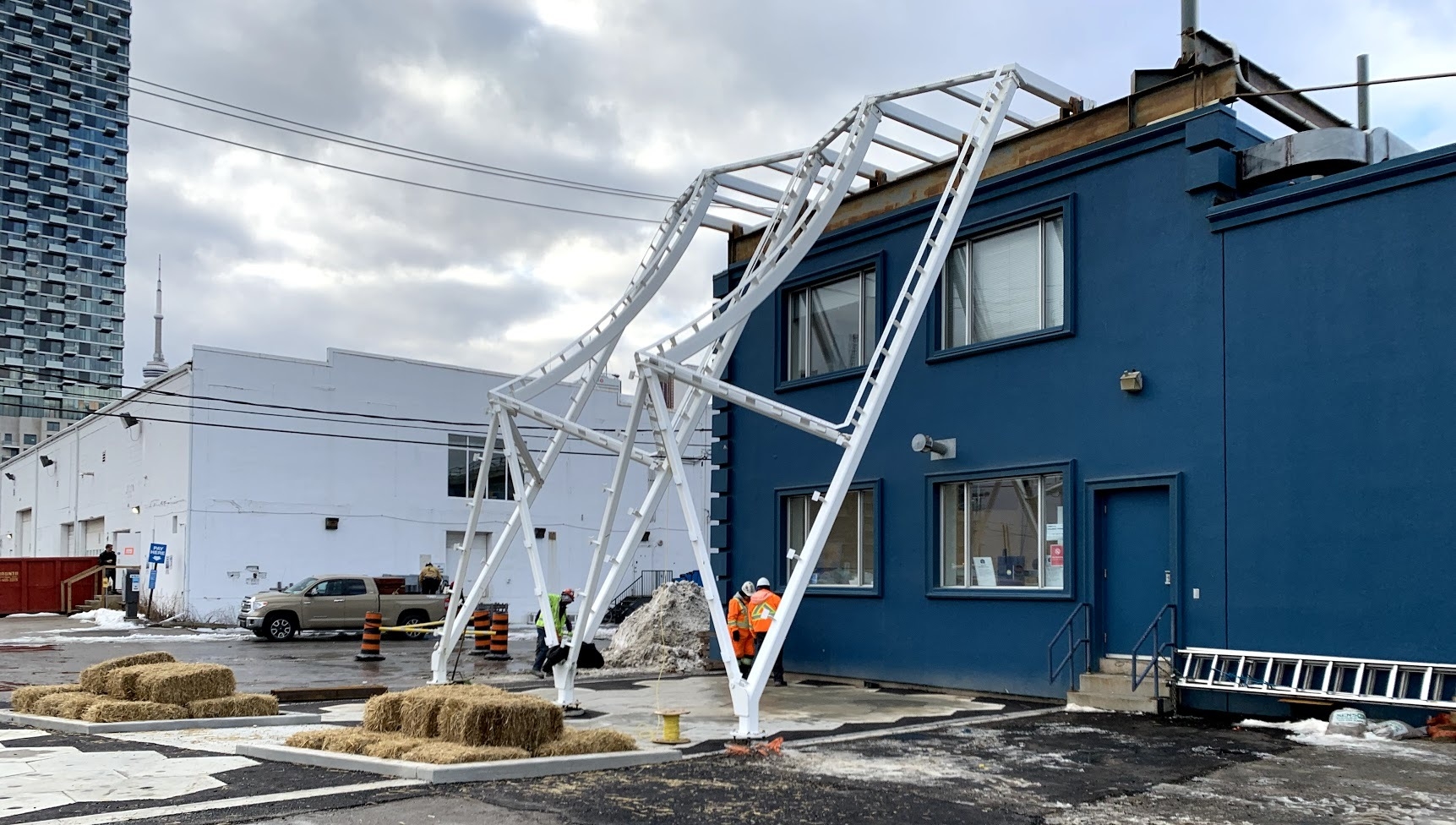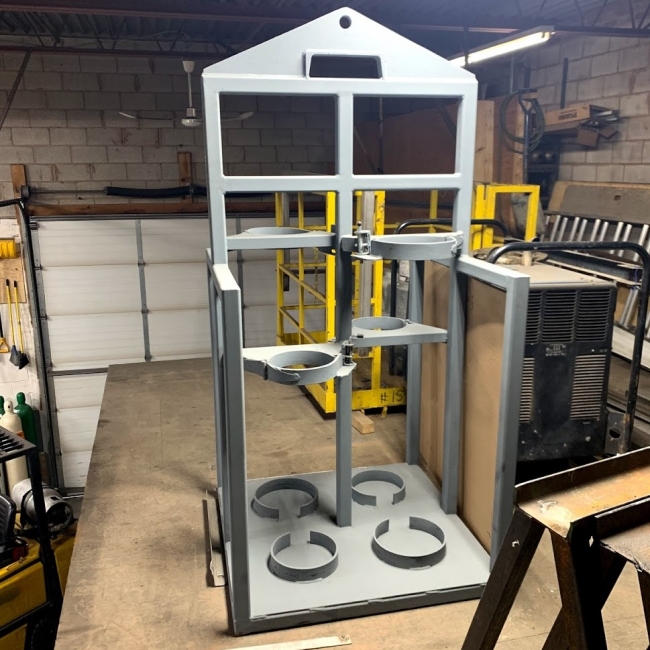Raw metal is rarely used in its natural state. It has to undergo certain treatments and modifications before it can be used in manufacturing, construction and other industries. The process of creating metal structures is called metal fabrication. Metal fabrication involves the use of several different techniques such as cutting, bending, milling etc. Let’s have a closer look at these techniques to get a comprehensive understanding of what custom metal fabrication is.

Design is an important step in custom metal fabrication. This is when the prototype of the final product is created. During this step, clients need to provide as many specifics as possible to the designer so that the drawing reflects the most accurate depiction of the final product.
Cutting is probably the most utilized metal fabrication technique. It is used more often than any other metal fab technique. Metal cutting usually involves the use of CNC cutting machines, lasers, waterjets and plasma.
Forging is one of the oldest metal fabrication techniques. It involves heating the metal to the point where it becomes malleable and then shaping it into the desired shape with a hammer and a die. Forging is still utilized by many structural steel fabricators.
Casting is a metal fab technique where molten metal is poured into a mold. From there, the molten metal gets cooled to the point that it becomes hard. Casting is often used in the mass production of metal products.
Punching is used to cut holes into a metal sheet. It involves the use of special punch presses that hit the metal through a die. Punching is mostly used in sheet metal fabrication.
Machining is about removing unwanted metal to create the desired form. It involves drilling, turning and milling.
Welding is the next most important metal fab technique after cutting. It is used to join two or more pieces of metal together. With the help of welding, steel structure fabricators can create virtually any structure of any shape. Depending on the specifics of the project, MIG, TIG or “stick” welding is used.

Custom metal fabrication can be used to create virtually any metal structure. With the right and efficient design and the help of skilled structural steel fabricators, you can have your dream metal structure brought to life.
We at Weld Rich at Steel have got all your metal fabrication needs covered. With years of experience and the most skilled and professional structural steel fabricators and mobile welders in Toronto, we can handle projects of any complexity and scale, adhering to the highest standards of quality and safety, and delivering your project on time. Call us today for a quote!